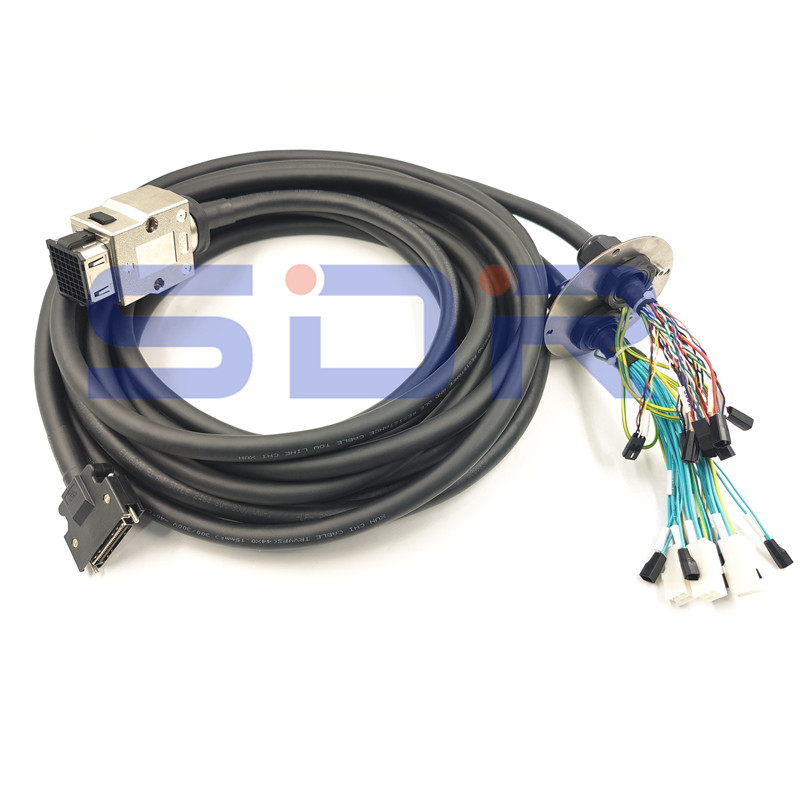Robot Encoder Cables play a vital role in the functionality of robotic systems, providing the communication link between the encoder and control system. Proper maintenance and timely repairs are critical to ensuring the reliability and longevity of these cables. Here are some general guidelines for maintaining and repairing robot Encoder Cables:

Tips on how to maintain:
1. Regular inspection:
Periodically inspect the entire encoder cable for signs of fraying, damage, or exposed wires.
Check the connectors for proper alignment and any visible damage.
2. Safety cable routing:
Make sure cables are properly routed and secured to prevent unnecessary stress or strain.
Avoid sharp bends and sharp edges that may cause cable damage.
3. Environmental considerations:
Protects cables from extreme temperatures, moisture, chemicals and other environmental factors.
If applicable, use cable protection such as conduits or cable trays.
4. Cable stress relief:
Verify that strain relief mechanisms, such as cable glands or connectors with strain relief, are in place and functioning properly.
5. Connector maintenance:
Clean the connectors regularly to remove dirt, dust, or debris that may interfere with the connection.
Check and tighten the connector screws for loose connections.
6. Avoid tension and distortion:
Minimizes cable tension and twisting during installation and operation.
Make sure there is enough slack in the cable to accommodate the movement of the robot.
Maintenance Guide:
1. Identify the problem:
If a problem occurs, determine the specific problem with the encoder cable. This may involve testing the cable using appropriate diagnostic tools.
2. Replace the damaged part:
If there is localized damage, such as a cut or exposed wire, the damaged portion of the cable can be replaced.
Use proper splicing techniques and connectors to ensure a reliable repair.
3. Connector replacement:
If the connector is damaged or malfunctioning, consider replacing the connector. Make sure the replacement connector is compatible with the cable and installed correctly.
4. Professional assistance:
For complex problems or severely damaged cables, seek help from the manufacturer or a professional technician. Avoid attempting repairs that may void the warranty or compromise the integrity of the cable.
5.Documentation:
Keep detailed records of any repairs or maintenance performed on the robot's encoder cables.
Record the date, type of repair, and any components replaced.
6. Preventive measures:
Implement preventive measures based on problems encountered. For example, if a cable is damaged due to wear and tear, consider adding additional protection.
7. Training:
Ensure that personnel responsible for maintenance and repairs are properly trained on the specific requirements and procedures for handling robot encoder cables.
Following recommended maintenance practices and resolving problems promptly can help extend the life and reliability of your robot encoder cables.